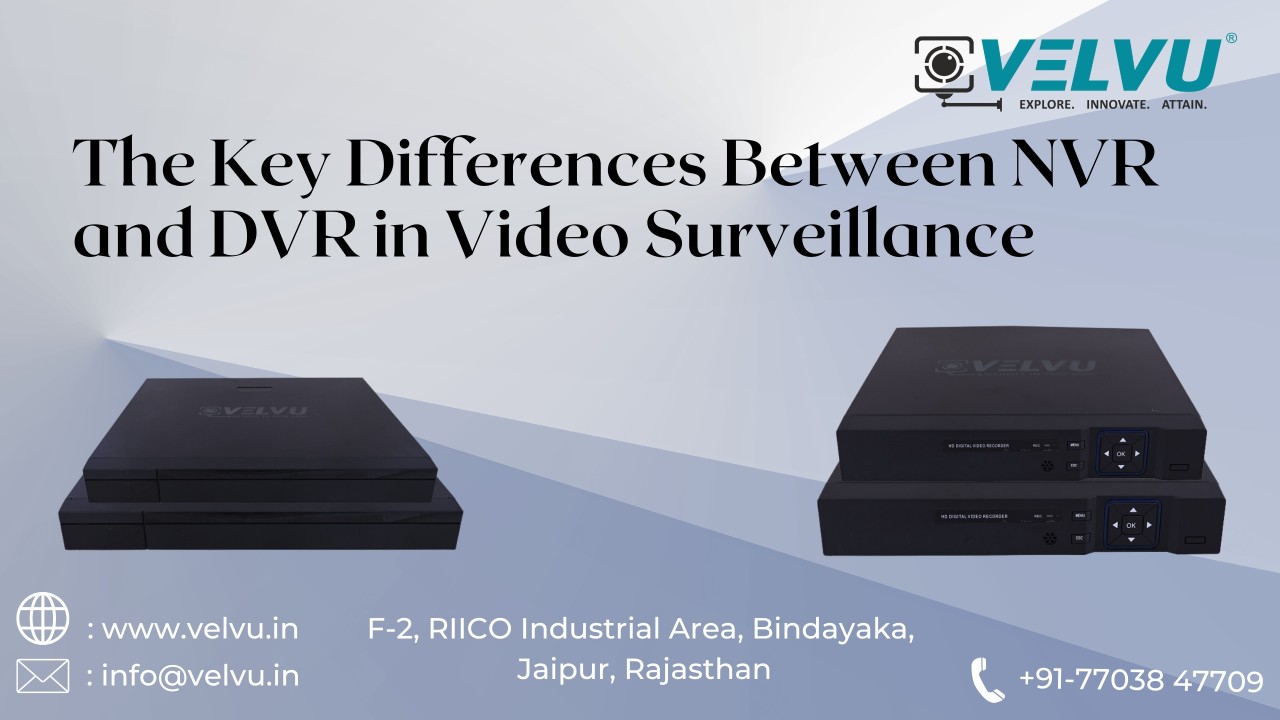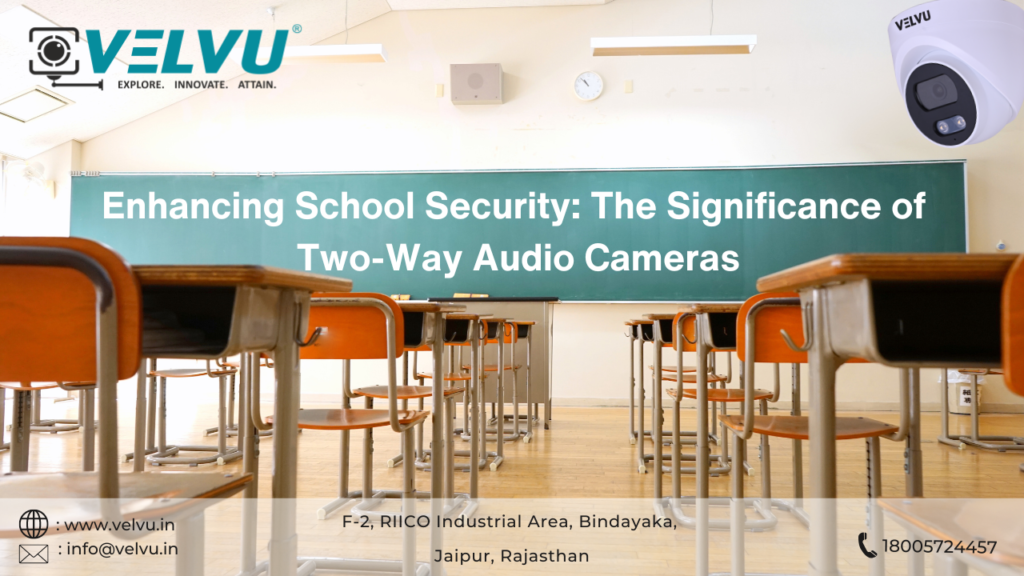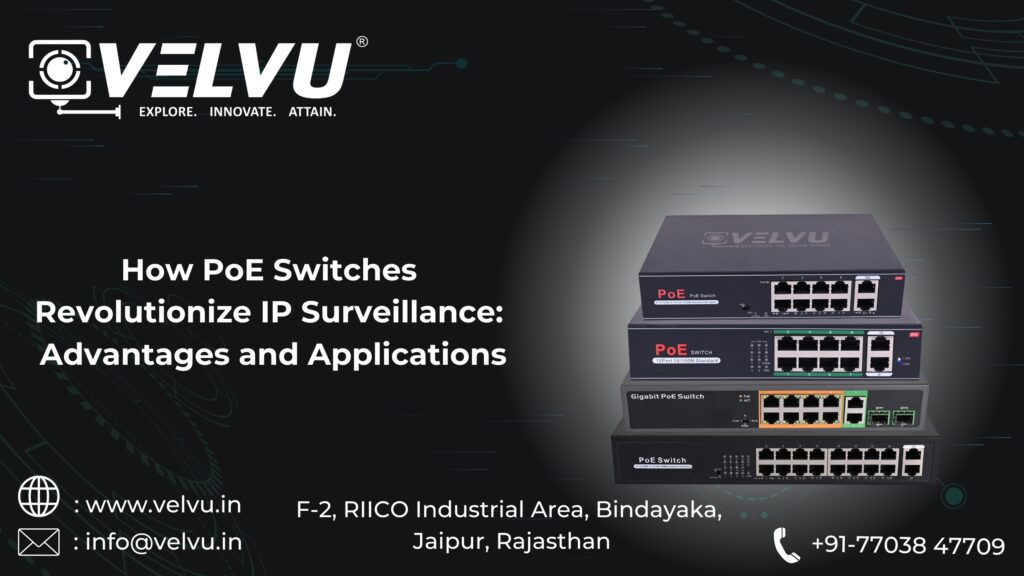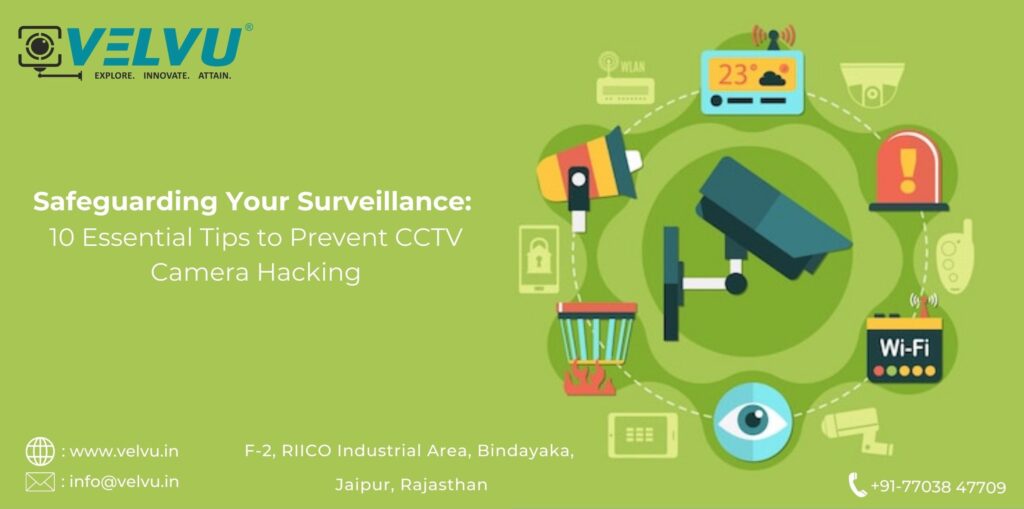In the realm of video surveillance, two fundamental technologies have been widely adopted to record and store video footage: Network Video Recorders (NVR) and Digital Video Recorders (DVR). While both serve the same purpose of recording security footage, they operate differently and come with their unique features and advantages. In this blog, we will delve into the differences between NVR and DVR to help you make an informed decision when choosing the right system for your security needs.
Definition and Connectivity:
NVR (Network Video Recorder): An NVR is a video recording device that processes and stores video data from IP (Internet Protocol) cameras. It operates on an IP-based network and can be connected to cameras using Ethernet cables or wirelessly over Wi-Fi. NVRs are designed to handle high-resolution video streams from modern IP cameras, making them ideal for large-scale installations or those requiring advanced features like analytics and remote access.
DVR (Digital Video Recorder): On the other hand, a DVR is a video recording device that processes and stores video data from analog cameras. It is typically connected to cameras using coaxial cables and BNC connectors. DVRs are better suited for traditional analog camera systems and are gradually being replaced by NVRs as IP camera technology becomes more prevalent.
Camera Compatibility:
NVR: NVRs are compatible with IP cameras, which have become the industry standard for modern video surveillance systems. IP cameras offer higher resolution, better image quality, and more advanced features compared to their analog counterparts. NVRs can work with various IP camera models from different manufacturers, providing flexibility and scalability for your surveillance setup.
DVR: DVRs, as mentioned earlier, work primarily with analog cameras. While they do support IP cameras in limited numbers, their limited processing capability does not show the actual resolution of IP cameras. They have been widely used in the past; however, their limited resolution and feature set make them less appealing for new installations. However, for existing analog camera systems, DVRs can still serve as a cost-effective recording solution.
Video Quality and Resolution:
NVR: As NVRs are designed for IP cameras, they can support high-definition and even ultra-high-definition video resolutions. This enables users to capture and view footage with exceptional clarity and detail, crucial for accurately identifying objects and individuals in the frame.
DVR: DVRs, being limited by analog camera technology, typically offer lower video resolutions. They are commonly associated with standard-definition (SD) or, at best, high-definition (HD) resolutions. Consequently, DVRs may not deliver the same level of image quality as NVRs.
System Scalability:
NVR: NVR systems are highly scalable, allowing users to add IP cameras as needed without significant constraints. Since they operate on an IP network, they provide multiple location accessibility for the same camera, and the owner can control which camera can be accessed at which location. Also, some NVRs support 256 or more cameras, making it easy for the owner to expand its current surveillance infrastructure.
DVR: DVR systems, with their coaxial cable connections, may have limitations when it comes to scalability. Expanding an analog camera system often involves more complex cabling and could potentially require additional DVR units to accommodate more cameras.
Remote Access and Cloud Integration:
NVR: NVRs excel at providing remote access capabilities. Users can monitor their cameras and access recorded footage from anywhere with an internet connection, using dedicated software or mobile apps. Additionally, many NVRs offer cloud integration for convenient and secure storage options.
DVR: While DVRs also offer remote access features, they are typically less advanced than those provided by NVRs. DVR remote access may require more configuration and port forwarding on the network router. Cloud integration is also less common with analog camera systems.
Conclusion:
In summary, the choice between NVR and DVR largely depends on your specific requirements, existing camera infrastructure, and future scalability needs. NVRs are the go-to option for modern video surveillance systems, offering high-resolution recording, flexibility, and remote access capabilities. On the other hand, DVRs might still be viable for those with analog camera setups, but they may lack the advanced features and scalability of NVRs. Regardless of your decision, both NVR and DVR solutions play a critical role in safeguarding properties and ensuring peace of mind through efficient video surveillance.








